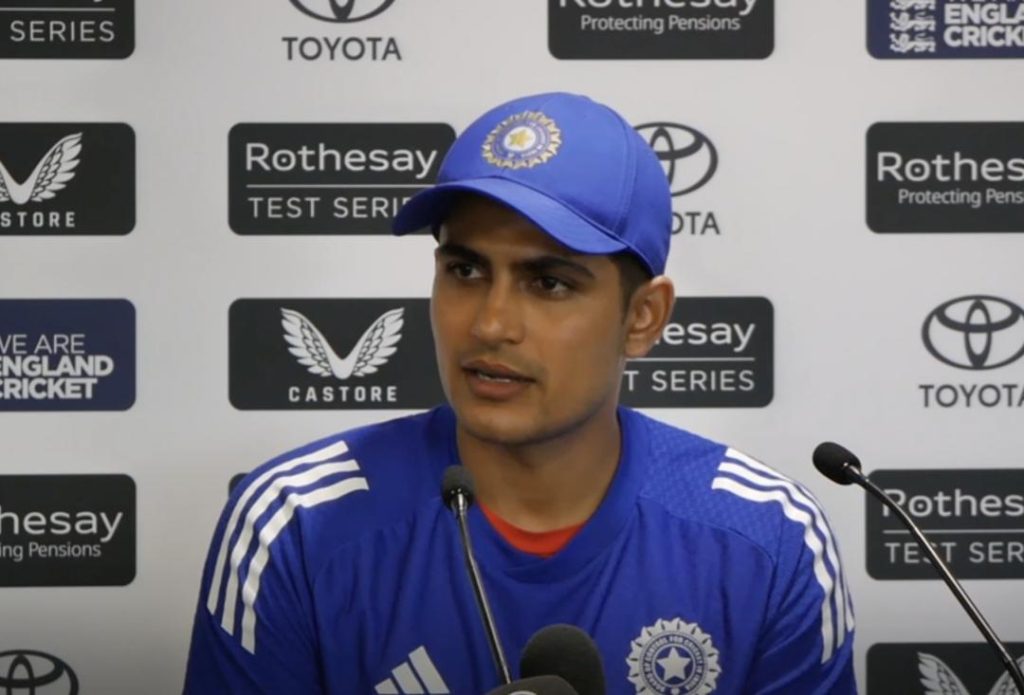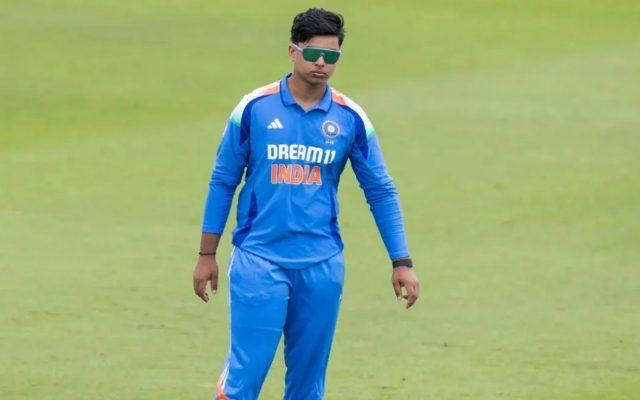
The Game Loses Its Essence: Gill on Flat Pitches & Dukes Ball
Cricket, the game of skill, strategy, and suspense, has undergone significant changes over the years. The introduction of new formats, technologies, and playing conditions have altered the dynamics of the game. However, the recent combination of flat pitches and Dukes ball has raised concerns among players, coaches, and fans alike. India Test captain Shubman Gill recently expressed his thoughts on the matter, stating that the game loses its essence when there is little help for the bowlers.
Gill, who was speaking after India’s drawn Test match against England, emphasized that the current scenario is making it challenging for bowlers to perform. He pointed out that the combination of flat pitches and Dukes ball is taking away the excitement and unpredictability from the game. According to Gill, if bowlers are aware that they will only get a small window of opportunity to take wickets, and then they will have to spend the rest of the day trying to stop runs, the game loses its essence.
The Dukes ball, which is used in English conditions, is known for its swing and seam movement. However, on flat pitches, the ball tends to skid on and lose its ability to swing and seam. This makes it difficult for bowlers to take wickets and control the flow of the game. Gill’s statement highlights the frustration that bowlers are facing in the current Test match scenario.
The issue of flat pitches has been a contentious topic in recent times. Pitches that are too flat and lack any significant bounce or turn make it easy for batsmen to score runs. While this may be entertaining for the fans, it is not challenging for the bowlers, and it takes away the unpredictability from the game. The lack of assistance from the pitch makes it difficult for bowlers to take wickets, and they are often left wondering how to stop runs.
Gill’s views are not unique to him. Many cricketers and experts have expressed similar sentiments. Former England captain, Michael Atherton, has also spoken about the issue of flat pitches. He believes that pitches that are too flat are not conducive to good cricket and make it difficult for bowlers to perform. Atherton has called for pitches that offer some assistance to bowlers, such as bounce or turn, to make the game more challenging and exciting.
The issue of flat pitches is not limited to the current Test match scenario. It has been a problem in Test cricket for many years. The ICC has implemented several measures to address the issue, including the introduction of the ‘good length’ rule, which requires pitches to have a certain amount of bounce and turn. However, despite these efforts, the problem persists.
The Dukes ball is another factor that is contributing to the issue. The ball is designed to swing and seam in English conditions, but on flat pitches, it loses its effectiveness. The ball’s ability to swing and seam is crucial for bowlers to take wickets, and when it is not able to do so, it makes the game difficult for them. The introduction of the Kookaburra ball, which is used in Australian conditions, has also been a factor. The Kookaburra ball is designed to swing and seam less than the Dukes ball, which makes it more challenging for bowlers to take wickets.
The issue of flat pitches and Dukes ball is not limited to the current Test match scenario. It has been a problem in Test cricket for many years. The ICC has implemented several measures to address the issue, including the introduction of the ‘good length’ rule, which requires pitches to have a certain amount of bounce and turn. However, despite these efforts, the problem persists.
Gill’s statement highlights the importance of finding a balance between the needs of batsmen and bowlers. While batsmen need pitches that offer some assistance, bowlers need pitches that challenge them and provide them with opportunities to take wickets. The current scenario, where pitches are too flat and the Dukes ball is not able to swing and seam, is making it difficult for bowlers to perform.
The solution to the problem lies in finding a balance between the needs of batsmen and bowlers. This can be achieved by ensuring that pitches offer some assistance, such as bounce or turn, while still being challenging for batsmen. The ICC can also consider introducing new rules or regulations to address the issue. For example, the introduction of a ‘super overs’ system, where bowlers are given an opportunity to bowl an extra over in a day, could provide them with more opportunities to take wickets.
In conclusion, Shubman Gill’s statement highlights the importance of finding a balance between the needs of batsmen and bowlers. The current scenario, where flat pitches and Dukes ball are making it difficult for bowlers to perform, is taking away the excitement and unpredictability from the game. The solution lies in finding a balance between the needs of batsmen and bowlers, and the ICC can play a crucial role in addressing the issue.






